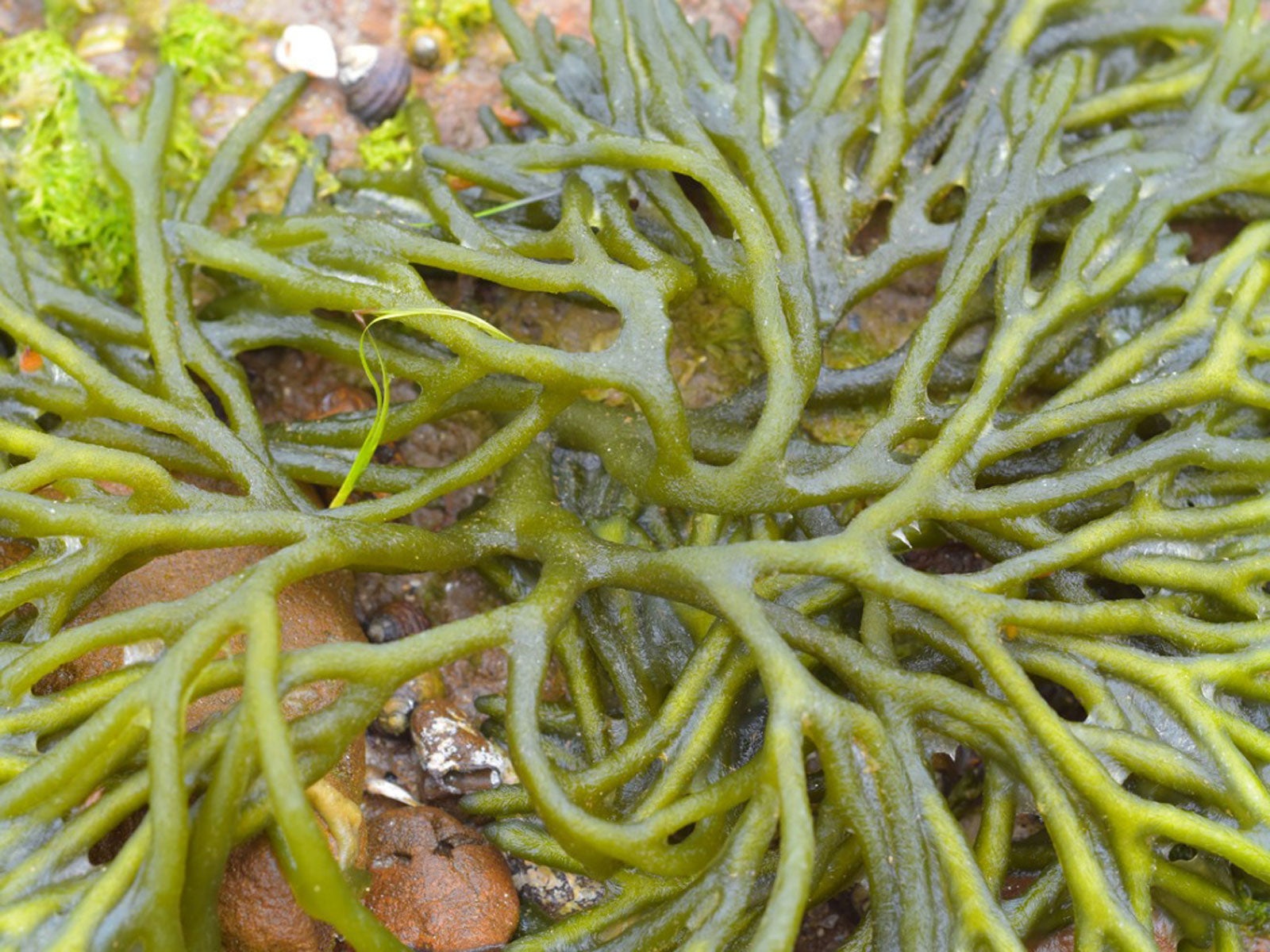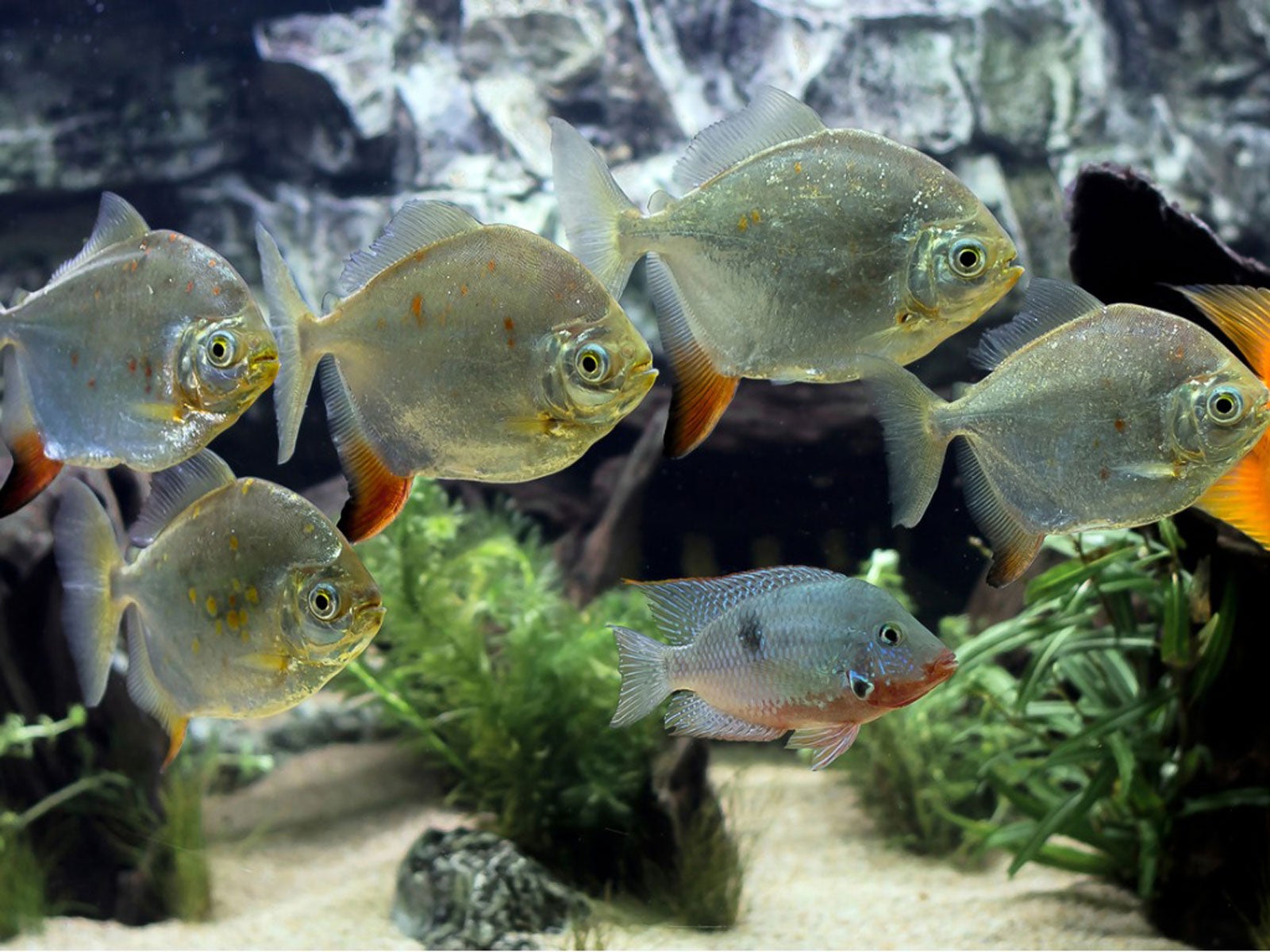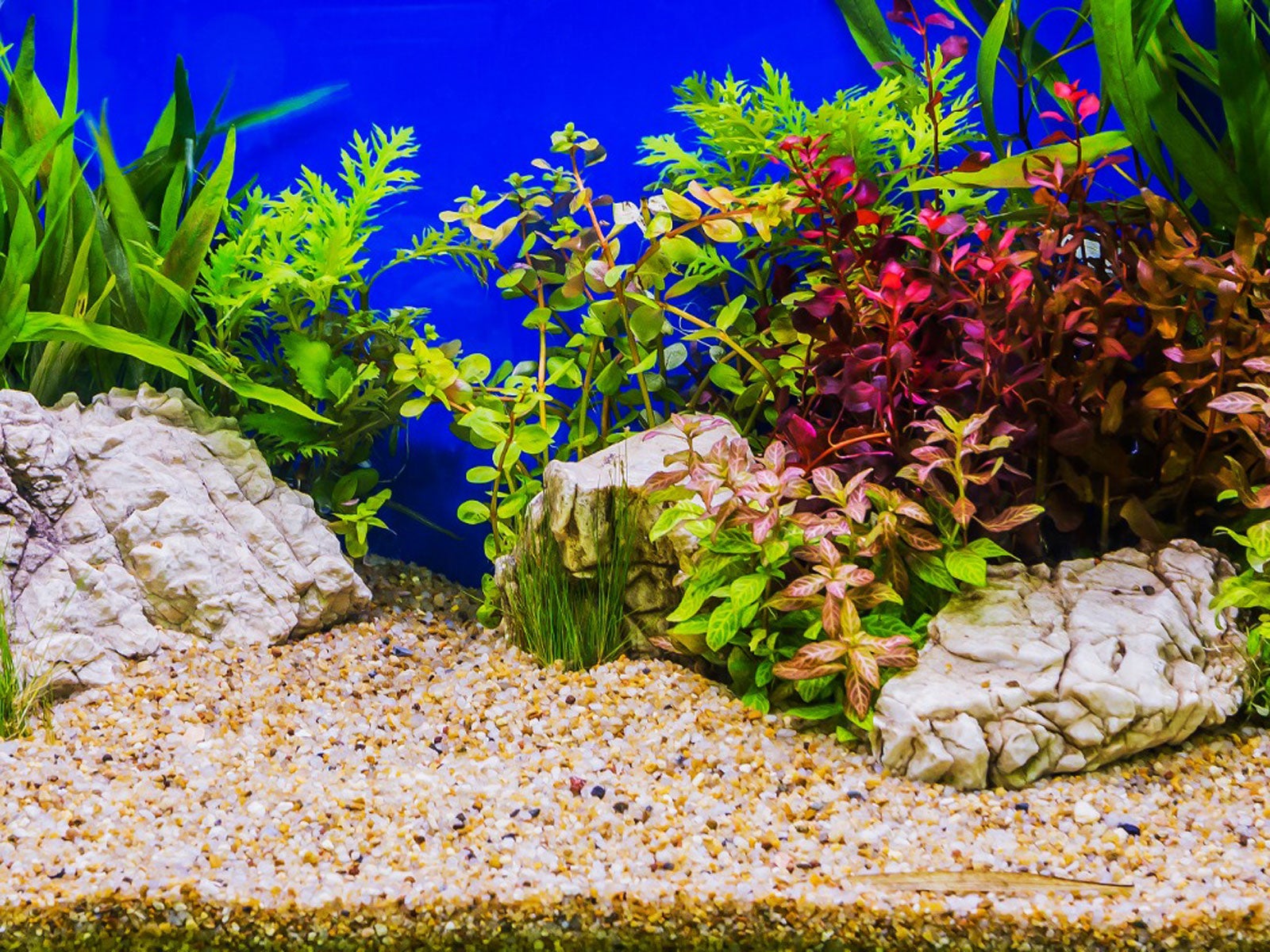Koi Fish And Plants – Choosing Plants Koi Won’t Bother


First-time koi pond enthusiasts may have learned the hard way that koi love to browse the plants and roots of pond vegetation. When introducing koi into a pond already established with plants, the browsing may be manageable. But plants added to a pond already filled with koi can be problematic. Koi cannot resist the temptation to eat newly arrived plant delicacies.
What’s a pond owner to do? Keep reading to learn more about how to keep plants safe from koi fish.
Koi Proofing Pond Plants
Koi pond owners do have options regarding the plant decimation. Some enthusiasts simply eliminate plants from the pond, opting instead to landscape the perimeter of the pond only. However, in locations with warm summers, plant cover is essential in keeping water temperature lower and koi comfortable. Plants also provide hiding and spawning areas and assist with filtration.
Maintaining a number of diverse plants in the pond, including surface, emerging, and submerged plants, may prevent widespread foraging damage by koi. Consider a plant such as coontail planted at the bottom of the pond with its roots covered with rocks for protection. For plants with roots below water level and foliage above water, such as water lilies, koi may nibble the roots. Plant them in oversized containers topped off with gravel.
If you add plants to a koi pond when the fish are already present, it is best to add a group of plants at once, rather than one or two at a time. That way, no one plant is quickly consumed by curious koi.
Some pond enthusiasts keep plants safe from koi by enclosing pond plants in a cage-like structure. Materials such as PVC coated wire, plastic mesh, or net are ideal. For floating plants, make a cage that floats. You could even try a floating wetland if your backyard pond is large enough.
Another option is to research plants koi won’t eat. Suggestions include the floating-plant water lettuce, the large-leaved lotus plant, the yellow-flowered water poppy, and the eye-catching umbrella plant. Koi tend to ignore these plants in favor of more palatable choices.
Gardening tips, videos, info and more delivered right to your inbox!
Sign up for the Gardening Know How newsletter today and receive a free copy of our e-book "How to Grow Delicious Tomatoes".
Another tip: Try feeding the fish several small meals a day to help divert their penchant for vegetation.
Taking care to choose the right kind of plants, protecting their roots with gravel, maintaining ample vegetation, and enclosing plants with cages can help your koi coexist with greenery.

After graduating from Oklahoma State University with a degree in English, Susan pursued a career in communications. In addition, she wrote garden articles for magazines and authored a newspaper gardening column for many years. She contributed South-Central regional gardening columns for four years to Lowes.com. While living in Oklahoma, she served as a master gardener for 17 years.
-
 Looking For Plants To Give You The Soft And Fuzzies? Try These 5 Fuzzy Leaf Plant Options
Looking For Plants To Give You The Soft And Fuzzies? Try These 5 Fuzzy Leaf Plant OptionsLovers of texture, drama, silver foliage and tactile plants will adore these special sensory garden additions. These fuzzy leaf plant options will leave you all aglow
By Susan Albert
-
 Get Ready For A Summer Of Hummers! Grow These Full Sun Hummingbird Plants and Flowers
Get Ready For A Summer Of Hummers! Grow These Full Sun Hummingbird Plants and FlowersIf you’re lucky enough to enjoy a sunny backyard, make sure you are maxing out on your pollinator opportunities and grow these full sun hummingbird plants and flowers
By Tonya Barnett
-
 Flowering Pond Plants - Growing Aquatic Flowers
Flowering Pond Plants - Growing Aquatic FlowersAdding flowering pond plants to natural and manmade water features can be an easy way to quickly beautify a space with lush greenery and vibrant bursts of seasonal color. Read on for more.
By Tonya Barnett
-
 Full Sun Aquatic Plants - Full Sun Floating Pond Plants
Full Sun Aquatic Plants - Full Sun Floating Pond PlantsThere are pros and cons to putting a pond in full sun, but it's very doable. Here are some ideas to get you started.
By Mary Ellen Ellis
-
 Echinodorus Creeping Burhead – Information On Creeping Burhead Plant Care
Echinodorus Creeping Burhead – Information On Creeping Burhead Plant CareCreeping burhead plants are members of the water plantain family and commonly used in freshwater aquariums or outdoor fishponds. Echinodorus creeping burhead is native to the eastern half of the United States. To learn more about the creeping burhead plant click the following.
By Laura Miller
-
 What Is A Saltwater Aquarium: Plants For Saltwater Aquariums
What Is A Saltwater Aquarium: Plants For Saltwater AquariumsBuilding and maintaining a saltwater aquarium requires some expert knowledge in choosing the right plants. Here are some choices to start with.
By Mary Ellen Ellis
-
 Outdoor Aquarium Ideas: Putting A Fish Tank In The Garden
Outdoor Aquarium Ideas: Putting A Fish Tank In The GardenAquariums are generally made for inside the house, but why not have a fish tank outside? Click here for tips and ideas on backyard aquariums.
By Mary Ellen Ellis
-
 Fish That Eat Plants – Which Plant Eating Fish Should You Avoid
Fish That Eat Plants – Which Plant Eating Fish Should You AvoidGrowing plants with aquarium fish is rewarding, but if you want to combine plants and fish, learn what aquarium fish to avoid. This article will help.
By Mary H. Dyer
-
 Is Pond Fertilizer Bad For Fish: Learn About Fish Safe Fertilizer
Is Pond Fertilizer Bad For Fish: Learn About Fish Safe FertilizerUsing fertilizer around fishponds must be done with care. Excess nitrogen causes algae, but can also contaminate the water and affect fish. Learn more here.
By Bonnie L. Grant
-
 What Is Aquascaping – Creating An Aquarium Garden
What Is Aquascaping – Creating An Aquarium GardenAquatic gardening can be a rewarding endeavor, especially when aquascaping. Click this article to learn more about creating an aquarium garden.
By Nikki Tilley